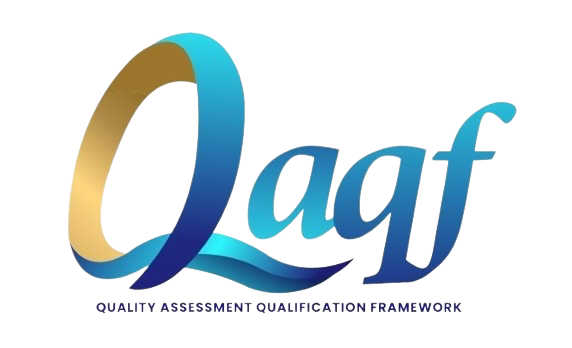Corporate Need Analysis
- Objective and Purpose:
– Identifying Training Needs: The primary aim is to accurately identify the training and development needs within an organization to ensure that employees possess the necessary skills and knowledge to meet current and future challenges.
– Aligning with Business Goals: Ensuring that the training programs are in alignment with the strategic goals and objectives of the organization.
- Key Components of the Analysis:
– Organizational Analysis: Examining the overall strategic objectives, culture, and structure of the organization to understand its training needs at a macro level.
– Task and Role Analysis: Identifying specific skills, knowledge, and competencies required for different roles and tasks within the organization.
– Individual Competency Assessment: Assessing the current skill levels and competencies of employees to identify gaps and areas for development.
– Technological and Innovation Needs: Analyzing the need for training in new technologies and innovative practices that are relevant to the organization’s sector.

Consultio is a professional consulting company
2nd Feb, 2018
Exhibition Planning & Exhibition Management21st Jul, 2018
Growth internationallyfirst half of the 2018s19th Aug, 2018
The purpose of the business plan2nd Jan, 2019
Focus business history on what matters to planning22nd Sep, 2019
History to Unite and Inspire People12th Jan, 2018
Establishment of Constrio8th Jul, 2018
Registered as a construction company18th Aug, 2018
Construction bought the Greek company Delta27th Sep, 2018
For lean business plans, operational plans, and strategic plans8th Jul, 2019
Award winner
We have many reviews from our satisfied clients.

Kathleen Smith

Van Hunter

Macquarie Telecom

Fred L Smith
- Methodology:
– Surveys and Questionnaires: Conducting comprehensive surveys and questionnaires among employees and management to gather insights.
– Interviews and Focus Groups: Holding in-depth interviews and focus group discussions with key stakeholders for a more nuanced understanding of training needs.
– Review of Performance Data: Analyzing existing performance data to identify patterns and areas where training could enhance performance.
– Benchmarking: Comparing the organization’s practices with industry standards to identify areas for improvement.
- Outcome of the Analysis:
– Customized Training Recommendations: Providing tailored recommendations for training programs based on the identified needs and gaps.
– Strategic Training Plan: Developing a strategic plan that outlines the objectives, methods, timeline, and resources required for the training.
– ROI Estimation: Projecting the potential return on investment from the proposed training interventions.
- Implementation and Follow-Up:
– Guidance in Implementation: Assisting organizations in the implementation of the recommended training programs.
– Monitoring and Evaluation: Establishing mechanisms for ongoing monitoring and evaluation of the training programs to assess their effectiveness and make necessary adjustments.
- Benefits for Corporations:
– Enhanced Employee Performance: Training programs targeted to specific needs lead to improved employee performance and productivity.
– Alignment with Organizational Goals: Ensures that employee development is directly contributing to the organization’s strategic objectives.
– Increased Employee Engagement: Tailored training programs are more likely to engage employees, leading to higher job satisfaction and retention rates.


